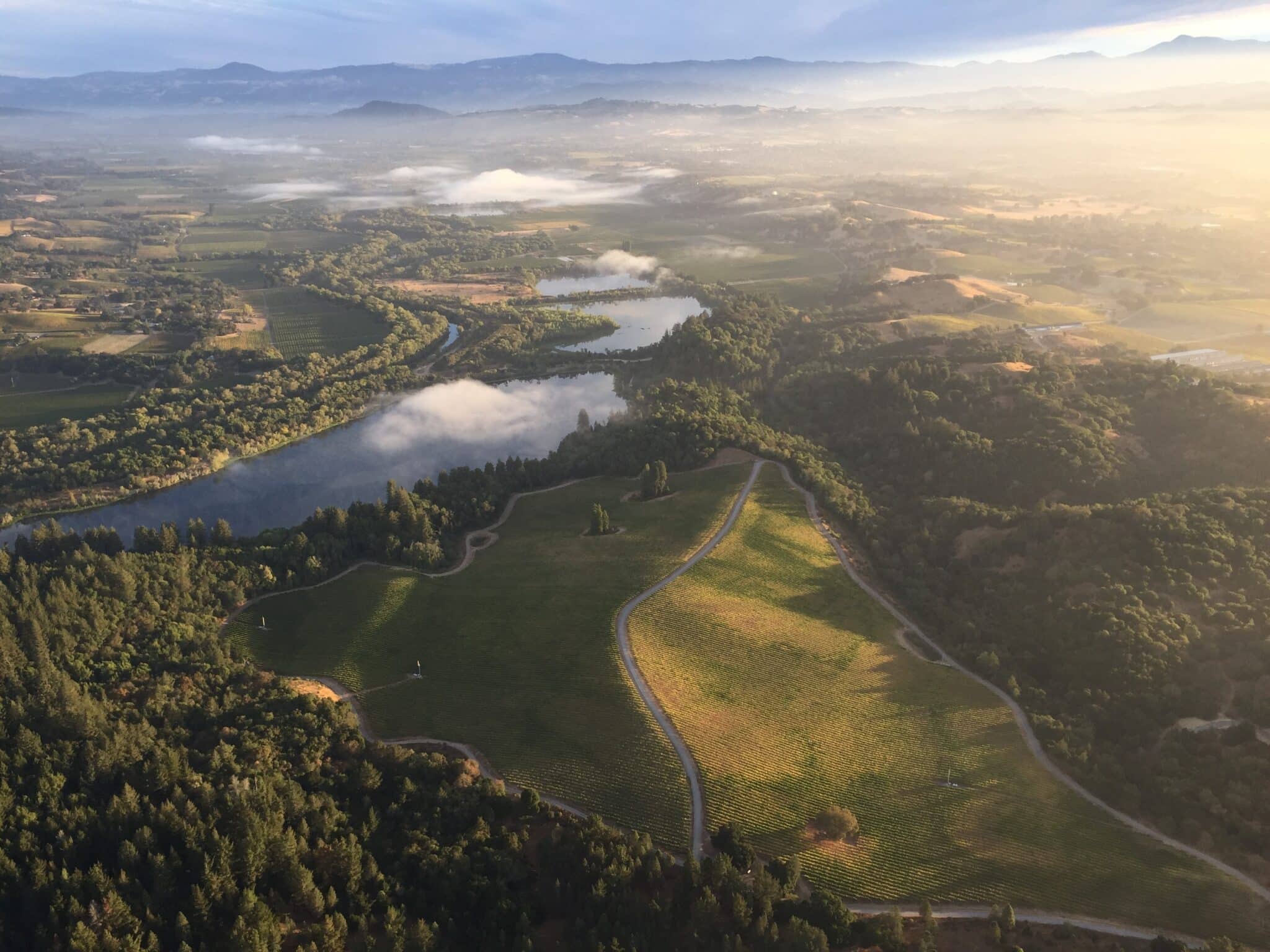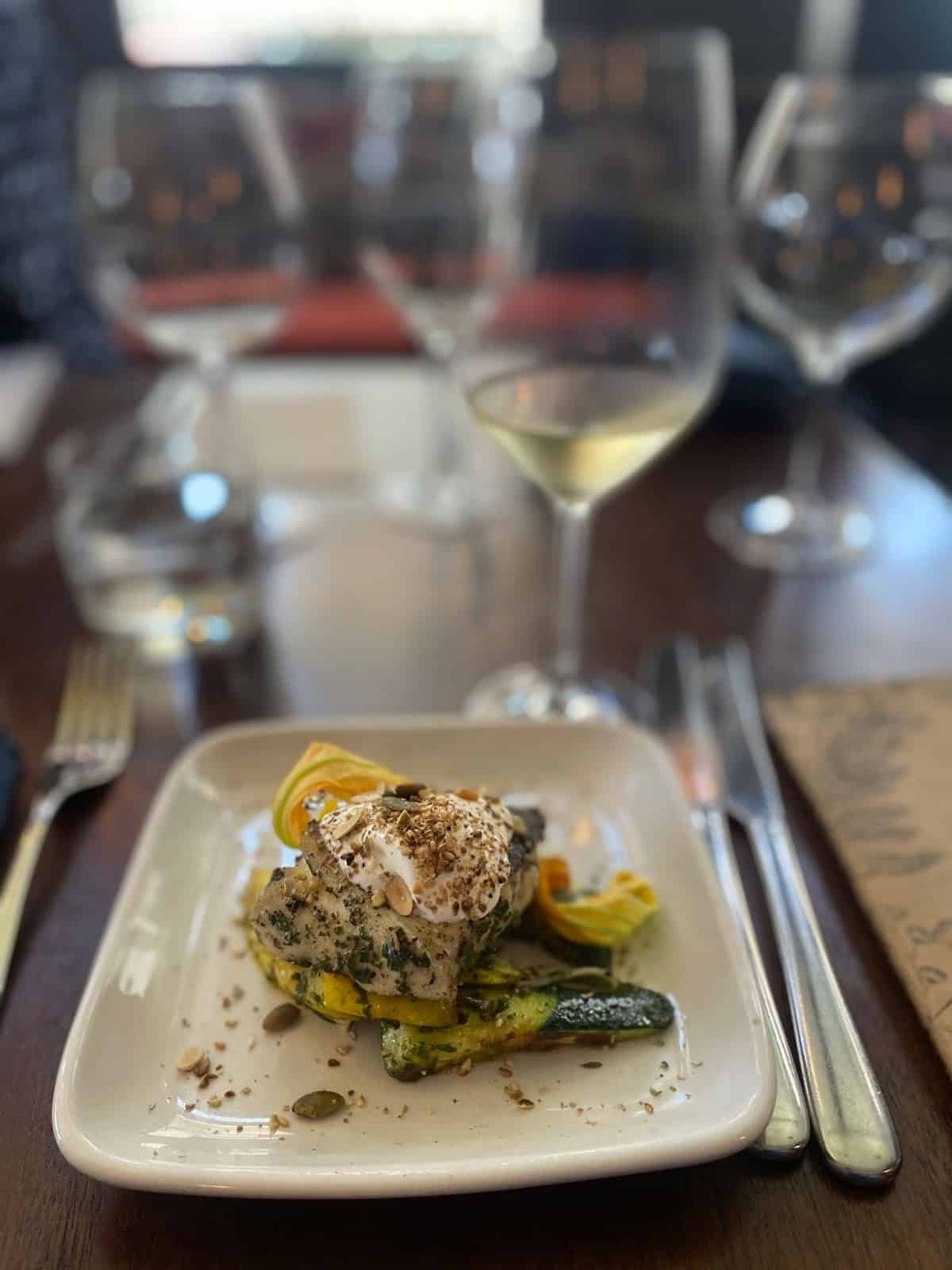Wineries Hosting Seasonal Events - Iconic Wineries Of Sebastopol
Wineries Hosting Seasonal Events - Iconic Wineries Of Sebastopol
Blog Article
Off The Beaten Path Wineries In Sonoma - Greatest Wine Tasting Locations In Sonoma
Wine tasting is an art that combines sensory experience with an appreciation for the nuances of different varietals. How to evaluate flavors in winery wine tasting classes is pivotal to greedy the complexities of wine.
Participating in a wine tasting entails more than simply sipping and savoring. It requires a targeted strategy to determine aromas and flavors that every wine presents. As you begin, observe the wine's look, noting its shade and readability. These visual cues typically suggest a wine’s age, grape variety, and even potential flavor profiles.
The next step within the tasting course of is to swirl the wine in your glass. This motion releases fragrant compounds which are very important for evaluation. Lean in and take a moment to inhale deeply; the aromas can range from floral and fruity to spicy and earthy. The nose of the wine is just as necessary because the palate, and recognizing scents plays a major role in understanding the general experience.
When taking your first sip, allow the wine to maneuver throughout your palate - Family-Friendly Wineries Near Sebastopol. Notice the preliminary flavors that present themselves. Is the wine fruity, floral, or perhaps herbaceous? This initial style gives insight into what the wine is likely to express as you proceed to judge it. The mouthfeel additionally contributes to the overall flavor experience; it may be silky, tannic, or even effervescent.
Sonoma's Top Sparkling Wine Producers - Wine Tasting And Vineyard Tours In Sonoma
As you continue tasting, take note of the wine’s steadiness. A well-balanced wine will harmonize acidity, sweetness, and tannins. If one part overwhelms the others, it might indicate a less fascinating high quality. Evaluating steadiness may help you establish how properly the wine would possibly pair with food.
Transitioning to the end, think about how the flavors evolve as the wine lingers on your palate. A lengthy, nice finish can point out a high-quality wine, whereas a brief or abrupt end would possibly counsel in any other case. Mirror on whether the flavors remain consistent or if new notes emerge because the wine settles. This development can reveal complexities and intricacies which may not have been apparent in the preliminary tasting.
Temperature can additionally be a crucial consider evaluating wine flavors. Completely Different kinds of wine are optimally enjoyed at specific temperatures. White wines usually shine when chilled, whereas red wines generally carry out greatest at room temperature. When tasting, ensure the wine is at the acceptable temperature to completely appreciate its character.
Celebrated Winemakers To Discover In Sonoma - Sebastopol Wine Tours And Vineyards
Pairing food with wine can tremendously improve the tasting experience. Meals can affect the perception of flavors in wine, either highlighting certain characteristics or diminishing them. When evaluating flavors, consider how the wine interacts with different meals, noticing which flavors are amplified or muted (Historical Wineries To Visit In Sonoma).

Contemplate the affect of terroir as you interact in a winery tasting. Terroir encompasses the distinctive environmental elements that have an effect on grape rising, including soil composition, local weather, and geography. Understanding a wine's terroir can provide perception into its flavors and aromas, fostering a deeper appreciation for the choices made throughout its cultivation and manufacturing.
Education performs a fundamental function in enhancing one's ability to gauge wine flavors. Learning about grape varieties, wine regions, and manufacturing methods can pave the best way for extra knowledgeable judgments during tastings. Additionally, attending workshops or classes can refine sensory skills and broaden your flavor vocabulary, enabling you to articulate tasting notes more successfully.
Lastly, it's essential to do not forget that evaluating wine flavors is a highly personal experience. Individual preferences and perceptions will invariably shape one’s tasting journey. Enjoyment ought to be at the forefront, with the evaluation process appearing as a device to reinforce understanding and appreciation quite than create rigid guidelines.
Best Wineries For Sunset Views In Sebastopol - Wine Tasting Experiences In Sonoma Valley
In conclusion, mastering tips on how to consider flavors in winery wine tasting classes includes a combination of sensory engagement, information, and practice. By studying to identify aromas, assess the steadiness, and recognize the intricacies of flavor, wine enthusiasts can deepen their connection to each bottle they encounter. As with any art type, the extra one immerses themselves within the experience, the extra they will discover and enjoy the vast world of wine.
- Start by observing the wine's shade and clarity, as these visible parts can trace at its flavor profile and growing older potential.
- Swirl the wine gently in your glass; this releases fragrant compounds, allowing you to raised identify the complex scents associated with the wine.
- Take a deep inhale earlier than tasting, specializing in each major and secondary aromas to assemble insights on fruits, spices, and other nuances.
- When tasting, allow the wine to coat your palate; note the initial flavors, the mid-palate complexity, and the end as these stages can provide different flavor highlights.
- Pay attention to texture and mouthfeel, as aspects similar to tannin levels, acidity, and sweetness contribute significantly to the overall tasting experience.
- Examine flavors in opposition to standard wine characteristics; for red wines, consider berry notes, oak influence, and natural tones, whereas whites could embrace citrus, stone fruits, and floral hints.
- Take notes through the tasting session to track your impressions, helping you to remember and evaluate the different wines sampled.
- Talk About your findings with fellow tasters or winery staff, as sharing insights can enhance understanding and appreciation of individual flavors.
- Enable time for the wine to breathe; generally, flavors evolve and reveal new dimensions after being uncovered to air.
- Experiment with food pairings in the course of the tasting as they'll dramatically alter how flavors are perceived, influencing general enjoyment.undefinedWhat should I look for when evaluating the aroma of wine during a tasting?
Begin by swirling the wine in your glass to launch its aromas. Convey the glass to your nostril and take a deep breath. Pay attention to the first scents you detect, as these are often the most prominent. Look for fruit, floral, natural, or earthy notes and attempt to establish particular characteristics, which can deepen your understanding of the wine's complexity.
Wineries Featuring Vineyard Tours - Luxury Wine Tasting In Sonoma County

How can I distinguish between totally different flavor profiles in wine?
Understand that flavor profiles are often categorized as fruit, floral, herbaceous, spicy, or mineral. Take small sips and permit the wine to coat your palate. Notice the first flavors that emerge first and the delicate notes that follow. This layering is crucial in distinguishing the wine's characteristics and can assist you to appreciate its distinctive profile.
Wineries Renowned For Cabernet Sauvignon In Sonoma - Winery In The Sonoma Wine Region
What is the importance of the wine's texture in a tasting?

The texture of the wine, also known as mouthfeel, performs a vital position in how we understand flavors. Pay attention to whether the wine feels clean, creamy, or gritty. The body of the wine (light, medium, or full) can improve or distinction with flavors, offering a more rounded experience during tasting.
How do I assess the balance of flavors in wine?
Steadiness in wine refers to the harmony between acidity, sweetness, tannin, and alcohol. Take a moment to evaluate whether or not these parts complement or intrude with one another. A well-balanced wine may have none of its parts overpowering the others, creating a pleasing tasting experience.
Wineries With Educational Tours In Sonoma - Enjoying Wine In Sebastopol
What role does temperature play in evaluating wine flavors?
Temperature can significantly impact the notion of flavors. Typically, purple wines are best served slightly beneath room temperature, whereas white wines get pleasure from being chilled. As the visit this website temperature adjustments, the aromas and flavors can shift, allowing you to understand different characteristics. It’s essential to taste wine at its optimal temperature for true evaluation.
Wineries Providing Guided Vineyard Walks - Best Vineyard In Sonoma
How can I improve my tasting skills over time?
Practice is vital to enhancing your tasting skills. Wineries Promoting Wine Club Memberships. Attend tastings, keep a journal of your experiences, and explore several varieties of wines to broaden your palate. Moreover, studying about wine production and grape varieties can provide context that enhances your analysis process, making you a more knowledgeable taster.
Is there a selected order by which I ought to style the wines?
Wineries With Scenic Views - Wineries Near Sebastopol For Tasting
Sure, it’s advisable to style wines from light to full-bodied and dry to candy. This progression prevents the stronger flavors from overshadowing the more delicate ones, allowing you to fully respect every wine's characteristics and nuances with out palate fatigue.
How can I evaluate additional info the aftertaste of wine?
Wineries In Green Valley - A Winery In The Sonoma Valley To Discover
The aftertaste, or end, is a crucial aspect of the wine-tasting experience. After swallowing, take note of how lengthy the flavors linger in your palate and whether they change. A long, pleasant end is usually an indicator of a high-quality wine, while a short or disagreeable end could suggest in any other case.
Why is it necessary to note the wine’s acidity throughout tasting?
Acidity contributes to the overall freshness and construction of the wine. Pay consideration to the tingling sensation in your tongue; higher acidity can improve the wine's liveliness and steadiness out sweetness. Noting acidity helps decide the wine's versatility with food and its aging potential.
What ought to I do if I battle to determine particular flavors in wine?
Wineries Renowned For Cabernet Sauvignon In Sonoma - Iconic Wineries Of Sebastopol
Struggling to establish flavors is common, particularly for newbies. Focus on broader categories and describe what you can acknowledge, such as candy or earthy notes. With practice, reading about completely different flavor profiles, and perhaps using flavor wheels, you will refine your senses and develop a more nuanced method to tasting. Report this page